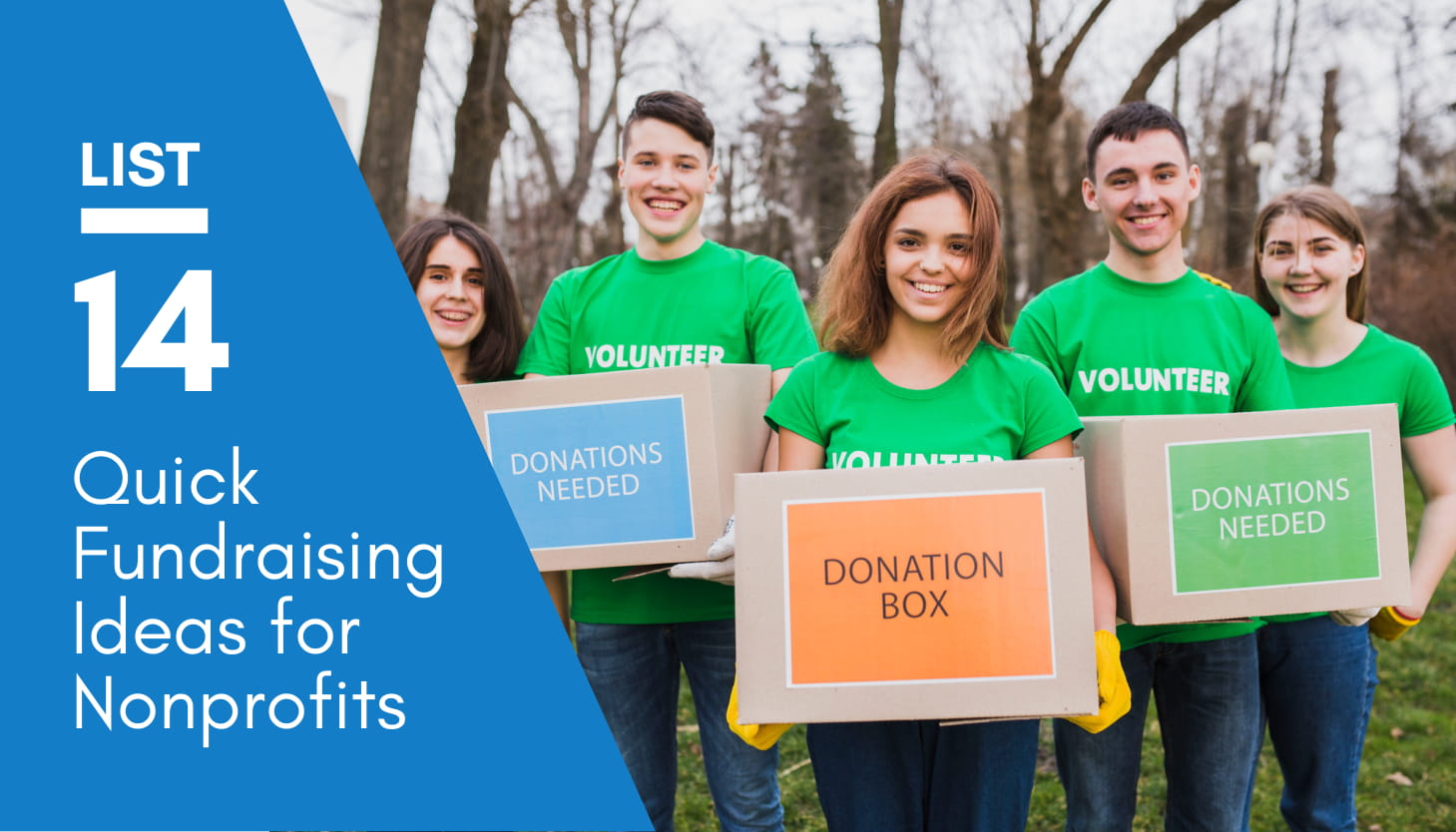Fundraising Consultant: Expert Advice to Enhance Your Nonprofit's Fundraising
Fundraising Consultant: Expert Advice to Enhance Your Nonprofit's Fundraising
Blog Article
The Duty of Community Engagement in Nonprofit Fundraising: Building Lasting Relationships for Sustainable Assistance
Area engagement is increasingly recognized as an essential component of successful nonprofit fundraising. By promoting genuine partnerships with local stakeholders, companies can grow trust fund and loyalty, which are necessary for sustainable support. However, the techniques and methods employed to involve neighborhoods differ widely, elevating crucial inquiries about effectiveness and effect. What are the most effective methods for growing these necessary connections, and how can nonprofits gauge their success in this sector? Comprehending these dynamics can considerably influence the future of fundraising efforts and the general mission of nonprofit companies.
Recognizing Community Involvement
Neighborhood engagement is an important component of effective not-for-profit fundraising efforts. Nonprofits have to identify vital stakeholders-- such as area participants, regional services, and various other companies-- to produce efficient involvement approaches.
Efficient neighborhood interaction is asserted on active listening and responsiveness to the requirements and interests of the area. This process includes obtaining responses, comprehending community dynamics, and ensuring that the organization's objective lines up with neighborhood concerns. Engaging the neighborhood can take numerous types, consisting of public conferences, volunteer possibilities, and partnership efforts, each created to motivate involvement and financial investment in the organization's goals.
Additionally, area engagement ought to be come close to as a recurring discussion instead of a single effort. By cultivating a comprehensive atmosphere where area voices are heard and valued, nonprofits can build a strong foundation for future fundraising undertakings. Eventually, a deep understanding of community engagement equips companies to produce genuine links that improve their total efficiency and sustainability.
Benefits of Solid Relationships
Solid connections created through community involvement yield countless benefits for not-for-profit fundraising efforts. Primarily, these connections foster depend on and credibility, essential parts in motivating donors to add. When prospective supporters see a nonprofit actively included in their community, they are most likely to believe in its objective and impact.

Furthermore, these relationships help with efficient interaction. Nonprofits can take advantage of their connections to share tales of impact, updates, and needs, making certain that advocates continue to be educated and engaged. This open line of communication not just reinforces bonds but additionally motivates referral promotion, expanding the nonprofit's reach.
Last but not least, solid neighborhood connections can attract brand-new companions and sponsors. Services and people are much more likely to line up with companies that demonstrate purposeful neighborhood involvement, giving additional resources and support that can substantially enhance fundraising capacities. Therefore, growing robust relationships with neighborhood engagement is indispensable to a not-for-profit's long-term fundraising success.
Approaches for Efficient Involvement
Just how can nonprofits successfully engage their communities to enhance fundraising efforts? Developing targeted techniques is important for fostering meaningful links. First, leveraging social media sites platforms makes it possible for companies to share their goal dynamically and interactively, getting to a broader audience. Normal updates, engaging material, and calls-to-action can galvanize area passion and involvement.
Second, holding area occasions, such as workshops, volunteer opportunities, or fundraising drives, assists in face-to-face interaction, permitting nonprofits to showcase their effect and initiatives. These events not only elevate funds yet also grow connections and permit community participants to involve directly with the reason.
Third, carrying out customized communication approaches can boost interaction. Customizing messages to specific donor segments based upon rate of interests and previous contributions cultivates a feeling of belonging and financial investment in the organization's mission.
Last but not least, creating collaborations with neighborhood services and community leaders can amplify outreach initiatives. Collective initiatives can improve visibility and reliability, showing a collective commitment to the community's well-being. By integrating these techniques, nonprofits can develop long lasting relationships that boost fundraising efforts and drive lasting support.
Determining Interaction Success
While involving the area is critical for effective not-for-profit fundraising, determining the efficiency of these interaction initiatives is just as crucial. Developing clear metrics enables companies to examine how well they are attaching with their audience and achieving their fundraising objectives. Trick efficiency signs (KPIs) such as contributor retention prices, volunteer participation degrees, her response and involvement on social networks systems offer substantial data for evaluation.

On a regular basis examining these metrics enables organizations to pivot their methods when necessary, making sure that community engagement stays lined up with their general mission. Furthermore, sharing these results with stakeholders fosters transparency and builds trust, motivating more area involvement. Inevitably, a robust measurement structure not only notifies future fundraising initiatives however additionally strengthens the relationship between the not-for-profit and its advocates, preparing for lasting success.
Study in Neighborhood Influence
Many instance studies illustrate the profound influence that community involvement can have on nonprofit fundraising success. One notable instance is the "Food for Thought" effort, where a local food financial institution partnered with colleges and businesses to host community dinners. These events not just raised funds but likewise cultivated a feeling of belonging amongst individuals, significantly boosting benefactor retention prices.
One more compelling case is the "Environment-friendly Spaces Job," which involved regional residents in the revitalization of metropolitan parks. This initiative not only gathered financial support from local organizations but also cultivated a volunteer base that contributed to ongoing upkeep and programs. The feeling of ownership and satisfaction among neighborhood participants equated into continual contributions.
In the world of arts, the "Art for All" project successfully engaged local artists and patrons to develop collective art setups, causing enhanced exposure and contributions for a local arts nonprofit.
These examples highlight that when nonprofits prioritize area involvement, they can produce long lasting relationships that improve fundraising initiatives, making certain lasting assistance and fostering a vivid area society. Such cases show that community involvement is not just an approach but a crucial pillar of nonprofit success.
Verdict
In final you could look here thought, neighborhood involvement is important to the success of not-for-profit fundraising initiatives. Inevitably, a durable structure of community support not only intensifies fundraising prospective yet likewise cultivates a society of cooperation, vital for attaining lasting business goals and sustaining meaningful impact. fundraising consultant.
Nonprofits have to identify crucial stakeholders-- such as neighborhood members, neighborhood companies, and various other companies-- to produce efficient engagement strategies.

In conclusion, community interaction is essential to the success of not-for-profit fundraising efforts.
Report this page